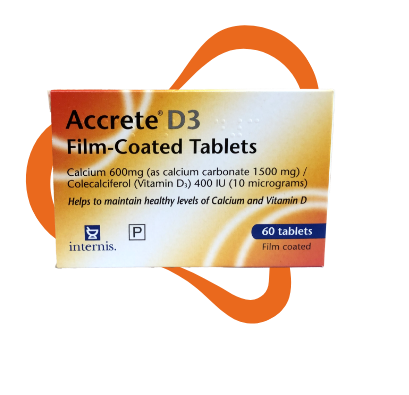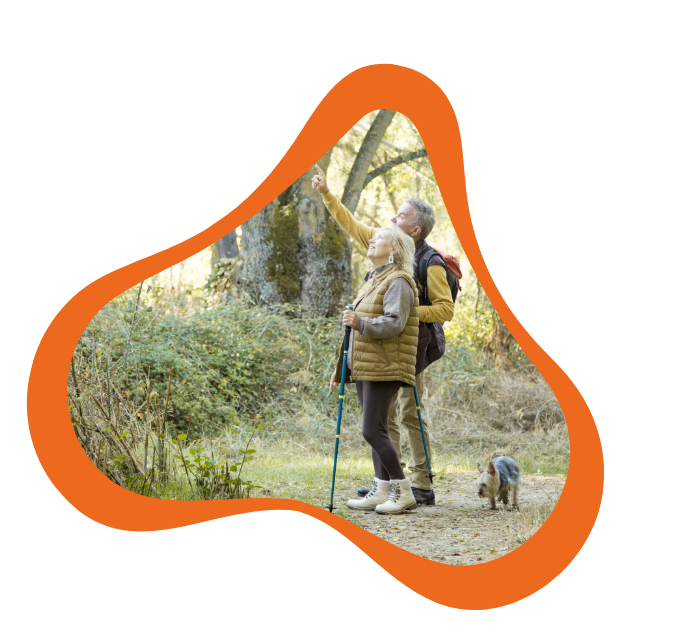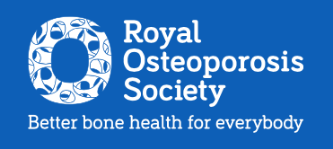This website is designed to support you with your treatment and is not a substitute for the Patient Information Leaflet that came with your medication.
If you have any worries about your treatment, it is important to talk them through with a member of your healthcare team. Do not stop taking this medicine unless your Healthcare Professional tells you to do so.
Please also be sure to read the Patient Information Leaflet that comes in your Accrete-D3 pack for full details on how to take your treatment.









